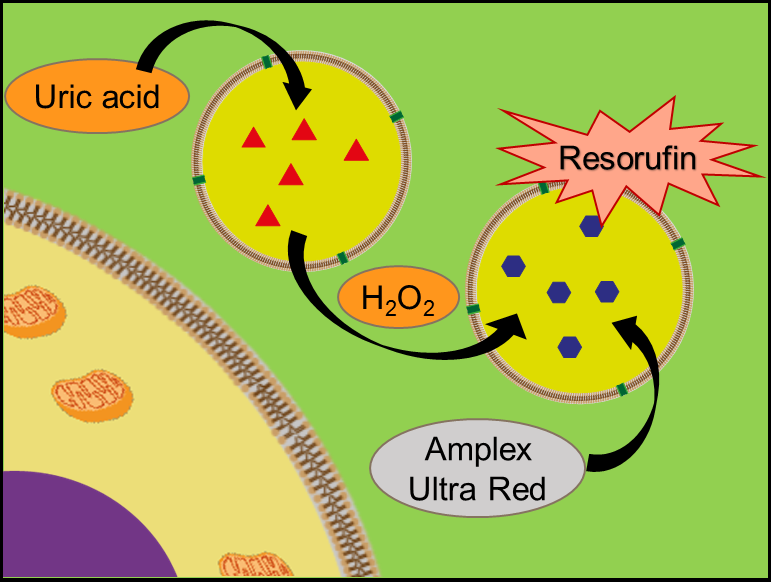A nanotechnological approach to synthetic biology: cascade reactions in synthetic compartments.
Compartmentalization plays a fundamental role in biology: the spatiotemporal segregation of biochemical processes, both within the cell and between cells, allows a fine control of optimal reaction conditions, kinetics and overall protection from external environment. Much like phospholipids, amphiphilic block copolymers can self-assemble into spherical vesicles resembling cells, which can host a variety of enzymes and thus perform several specific reactions, with applications mainly in biomedicine and biosensing.[1]

Using more than a single enzyme in an interconnected, cascading system means that nanometre-sized objects start to behave as simple enzymatic networks, achieving complex responses depending on the polymer-enzyme assembly. In addition, the biocompatibility of the chosen poly(2-methyloxazoline)-block-poly(dimethylsiloxane)-block-poly(2-methyloxazoline) (PMOXA-PDMS-PMOXA) polymer means that cells can be phenotypically modified by assisting their native metabolism or outright expanding their environmental response.[2] The ever-growing complexity of nanometric catalytic assemblies leads them to behave dynamically and, in turn, to interact with living matter.
[1] Belluati, A.; Craciun, I.; Meyer, C. E.; Rigo, S.; Palivan, C. G., Curr. Opin. Biotechnol. 2019, 60, 53–62.
[2] Belluati, A.; Craciun, I.; Liu, J.; Palivan, C. G., Biomacromolecules 2018, 19 (10)